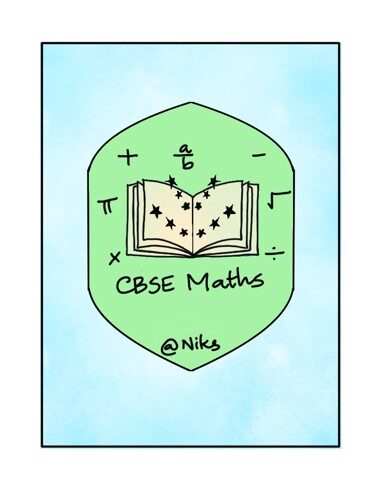The sum of two numbers is \(22.\) If the sum of \(7\) times the larger number and \(2\) times the smaller number equals \(124,\) then find the numbers.
Let the two numbers be \(a\) and \(b.\) Since one of the numbers is larger than the other, let us take \(a>b.\)
Now, we convert the given data into equations in \(a\) and \(b.\)
The sum of the two numbers is \(22.\)
\(\therefore a+b=22 ~ ~ ~ —(1)\)
We are also given that the sum of \(7\) times the larger number and \(2\) times the smaller number equals \(124.\)
Woah, woah, woah! Too much info all at once? Let’s break it down.
Larger number \(\rightarrow a\)
\(7\) times the larger number \(\rightarrow 7 \times a = 7a\)
Smaller number \(\rightarrow b\)
\(2\) times the smaller number \(\rightarrow 2 \times b = 2b\)
Now, their sum!
That is, \(7a+2b.\) This is given to be \(124.\)
\(\therefore 7a+2b=124~ ~ ~—(2)\)
Solving the simultaneous equations \((1)\) and \((2)\) gives us \(a\) and \(b.\)
\(a+b=22~ ~ ~ —(1)\)
\(7a+2b=124~ ~ ~ —(2)\)
We could solve this in many different ways. I am using the method of substitution here.
\((1)\implies a = 22-b\)
Substituting this value of \(a\) in \((2),\) we get:
\(7(22-b)+2b=124\)
\(\implies 7\times 22-7\times b +2b=124\)
\(\therefore 154-7b+2b=124\implies 154-124=7b-2b\implies 30=5b\implies b=\frac{30}{5}=6\)
Since \(a=22-b\) from \((1),\) we have:
\(a=22-6=16\)
Thus, the numbers are \(16\) and \(6\) respectively.
Don’t trust me? Let’s verify.
Sum of the two numbers \(=16+6=22 ~ ~ \color{green}{\unicode{x2714}}\)
\(7\times 16 + 2\times 6 = 112+12=124~ ~ \color{green}{\unicode{x2714}}\)
See? What did I tell you? 🙂
